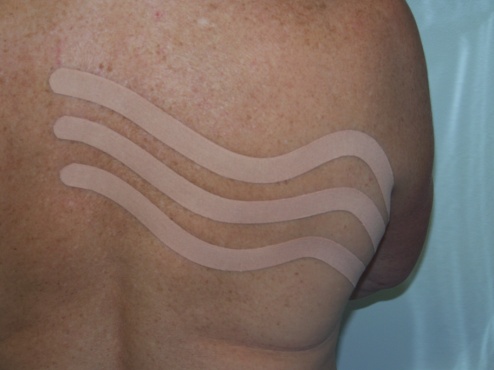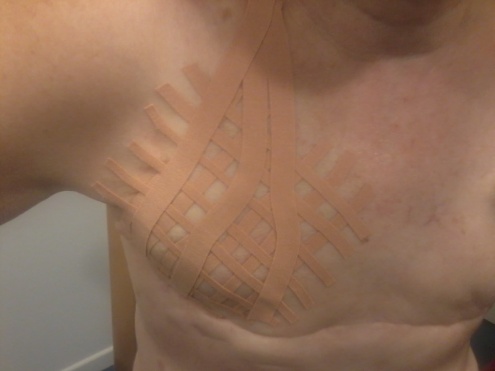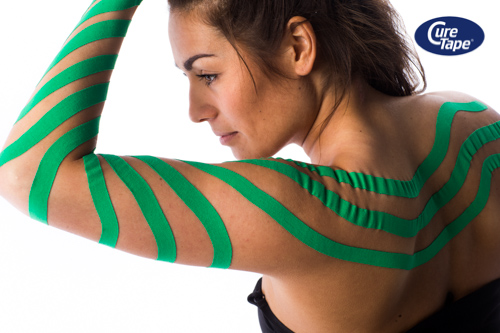1 in 9 women will be affected by breast cancer. Despite the fact that the number of breast cancer patients is increasing every year, the mortality rate is decreasing by 5%. The reason for this is that information about breast cancer has improved and new treatment methods have been introduced.Depending on the type of breast cancer, there are various treatment options such as surgery, radiotherapy and chemotherapy. However please keep in mind that side effects may occur.
Breast cancer complications and treatment options with CureTape®
Complications frequently occur during or after breast cancer treatment. Below are the most common complications of breast cancer treatment. Many breast cancer complications can be treated with CureTape®.
Seroma formation in surgery
The most common complication after breast surgery is seroma formation. A seroma is a space filled with fluid that forms near the surgical scar. Usually, the body processes the fluid itself, but because the lymph nodes have been removed, this can cause problems.
An oedema physiotherapist or skin therapist can drain the seroma fluid by using drainage handles and applying a lymph tape as shown in photo 1.

photo 1

photo 2
Radiotherapy and connective tissue damage
Radiotherapy (radiotherapy) causes blockages in the connective tissue and is known as fibrosis of the tissue, the skin no longer feels supple. In the case of an oedematous arm, it is advisable to treat the scar first by mobilising the scar and the surrounding tissue, draining it and then taping it.
Mobilise the chest side by applying a grid of CureTape® strips (photo 2) and apply narrow CureTape® strips across the flanks at the back (photo 1). This will cause a fascial shift in the tissue, which will improve the drainage of fluids. The scar will also heal more aesthetically and the fibrotic tissue will become noticeably softer. Even shriveled scar tissue (after radiotherapy) improves under the influence of LymfTaping.
LymfTaping is a 24 hour treatment method. By applying the tape to a stretched skin, “convolutions” are created in the neutral position. The skin is lifted and pressure differences occur between the various tapes applied, which stimulates the fascial structures and has a draining and pain-relieving effect.
Oedema arm after axillary gland removal
Following axillary gland removal, lymphoedema may occur in the arm almost immediately or in the long term. Here too, LymfTaping can make a positive contribution to the process of fluid removal.
The CureTape® strips can make a connection to the side of the body where lymph nodes are still present, the oedema fluid is then drained away along these CureTape® strips in that direction (anastomosis).

Pain and restricted movement
A common complaint following radiotherapy is that a patient experiences pain and movement limitations in the shoulder and/or arm. Here, too, a therapist can provide relief from symptoms by means of various Kinesiology taping techniques.
More information:
- Request a CureTape® sample pack for free »
- Continue reading about CureTape kinesiology tape and it’s effectiveness »
- Browse through the CureTape products in our webshop »
- Continue reading about kinesiology taping instructions »
Please note that applications provided on our website are not clinically proven. All mentioned applications are based on extensive evaluation and case studies with licensed physiotherapists and/or other health professionals.
Attention: Mentioning source is mandatory, when using the content on this page.


